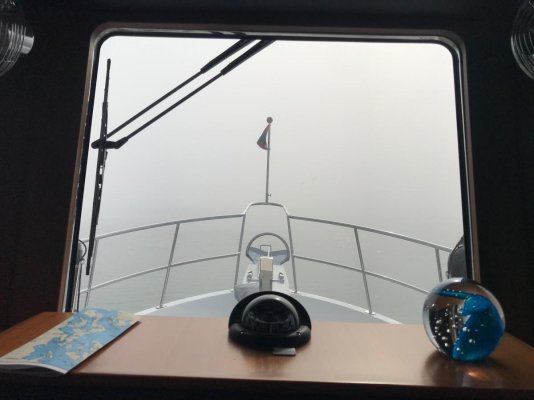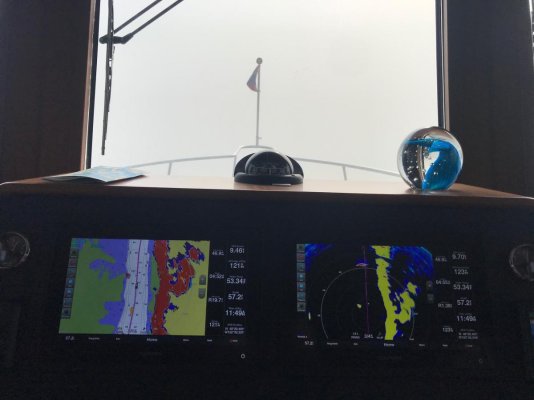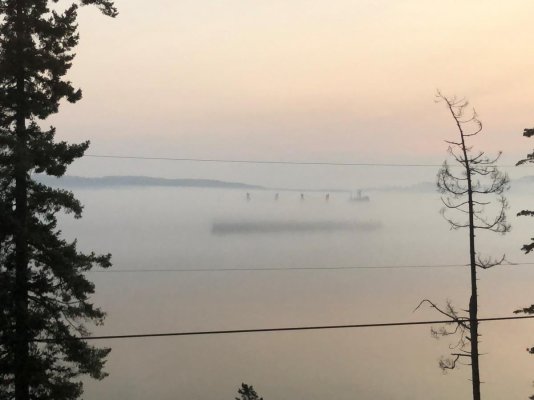magna 6882
Guru
- Joined
- Apr 20, 2020
- Messages
- 696
- Location
- USA
- Vessel Name
- Intrepid
- Vessel Make
- North Pacific/ NP-45 Hull 10
So we were in La Connor last night. Our first time running the Swinomish channel. When we woke up this morning real heavy fog which the weather had forecast so we waited for it to lift. It did around 11:00 and i saw other boats running so figured the coast was clear. About a half mile down we ran into the fog that hadn't lifted. It was thick enough that i could not see the water in front of the bow. I slowed way down and just followed the chart and the radar. Finally became clear after a couple of hours.
Should i have turned around?
Is there anything i should have done differently?
Since i could not even see the channel markers is it prudent to put that much trust in the charts?
The pictures were taken when we got out of the worst of it. I had my hands full but once out of the channel i relaxed a bit.
Should i have turned around?
Is there anything i should have done differently?
Since i could not even see the channel markers is it prudent to put that much trust in the charts?
The pictures were taken when we got out of the worst of it. I had my hands full but once out of the channel i relaxed a bit.



